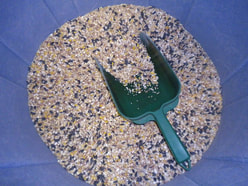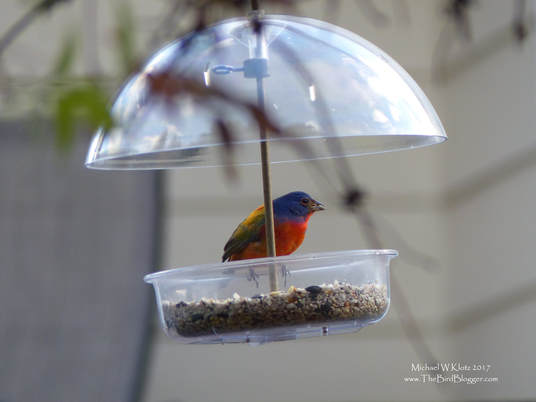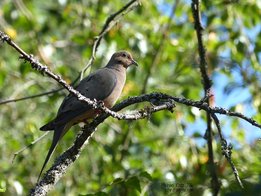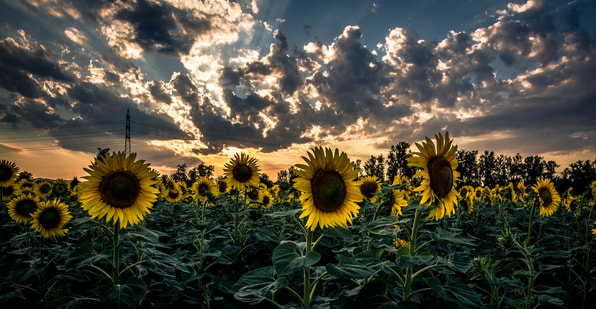The Intro
The Staple

The Variety Show
The List of Dinner Guests
|
Each Bird will be attracted to several types of seed. Bellow, you will find a list of those 10 most common birds seen at feeders and the seeds they like. There is a top 10 lists of Birds East of the Rockies and one for West of the Rockies tabulated from the Great Backyard Bird Count info.
|
Eastern Freeloaders
|
Eastern Freeloaders
|
|
Western Freeloaders
|
|
The Dangers



